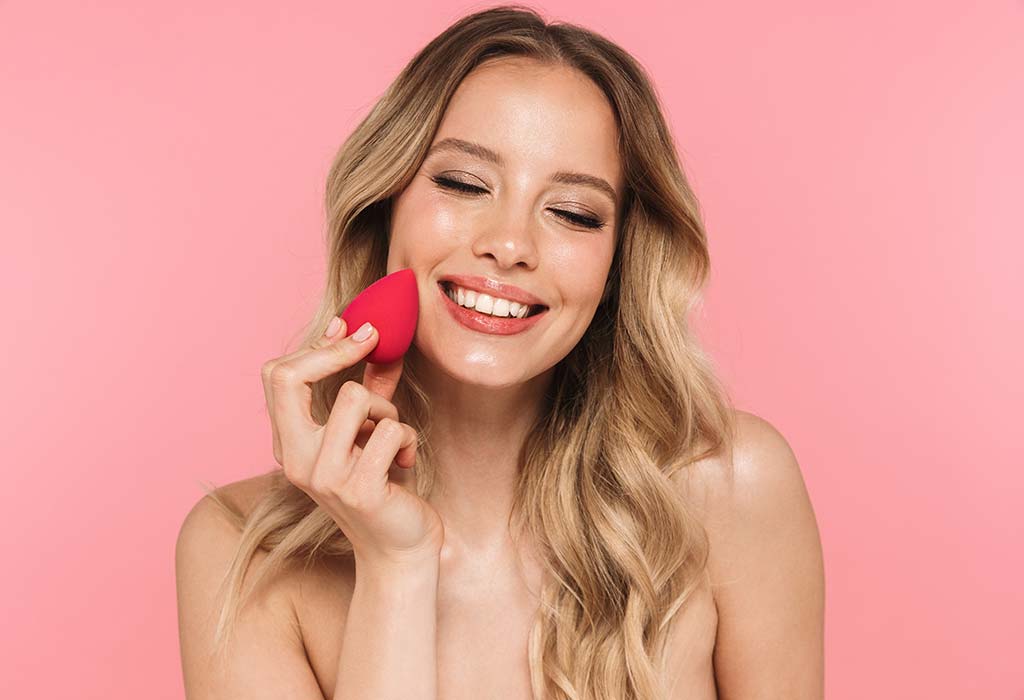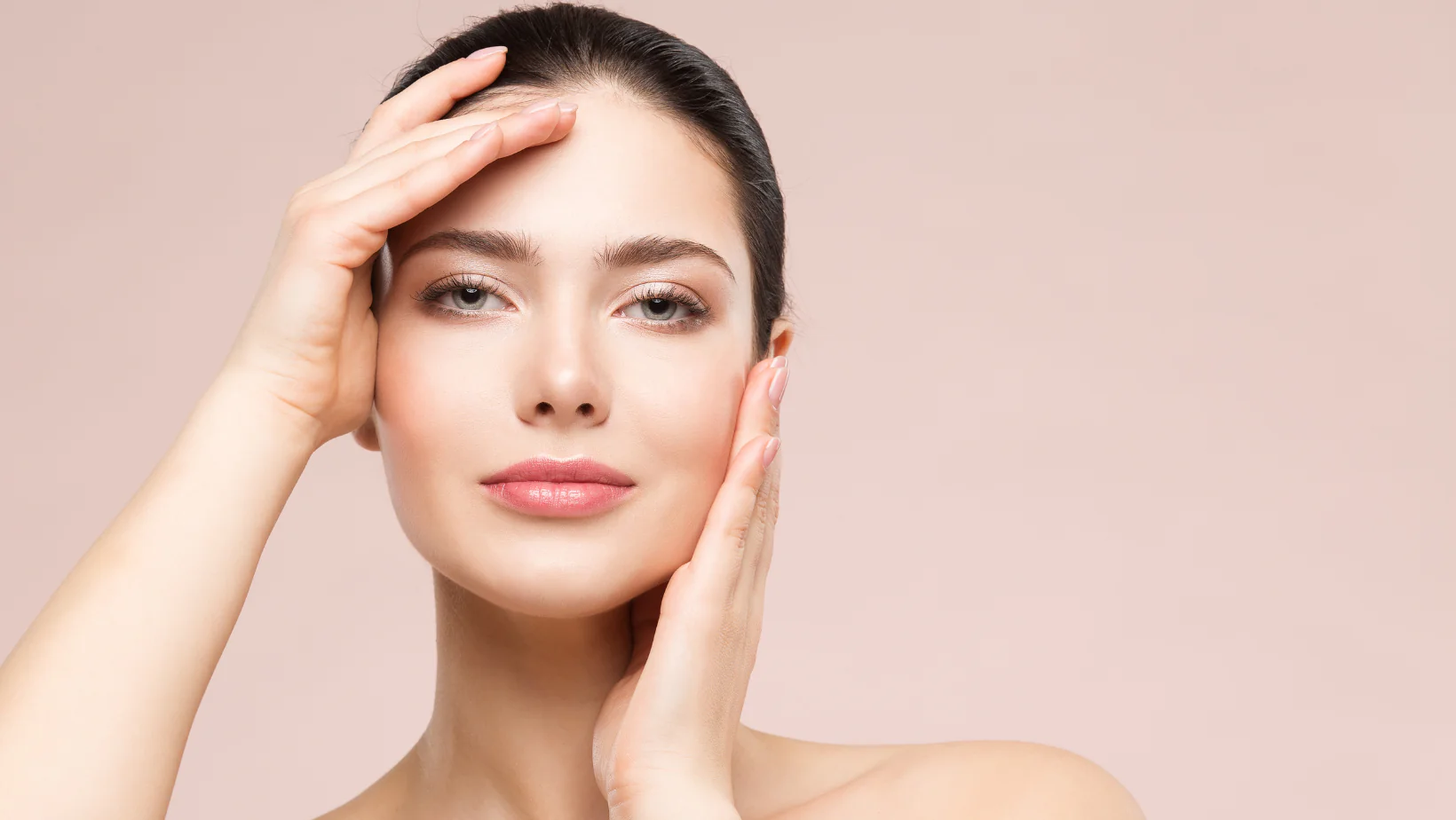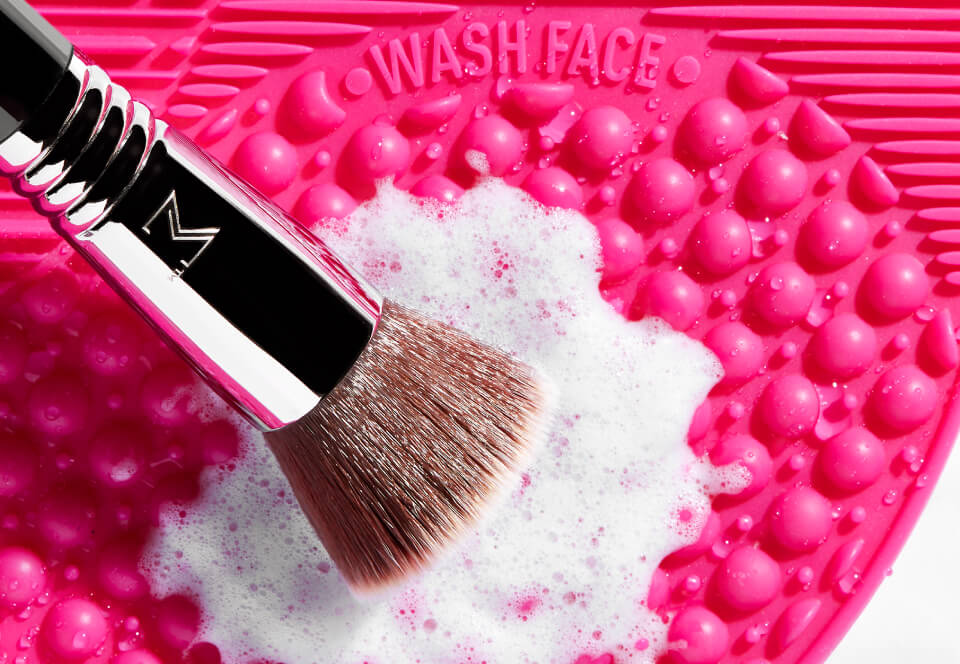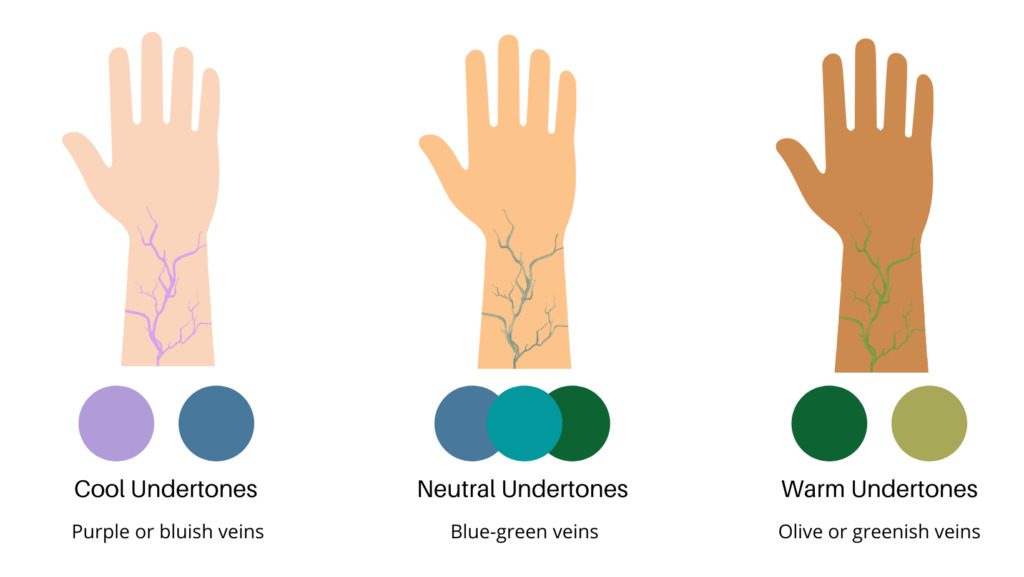
When it comes to finding the perfect makeup shades, hair colors, or clothing that flatter your complexion, understanding your skin’s undertone is key. While determining your undertone may seem like a daunting task, there is a simple method that can offer valuable insights: examining the color of your veins. The veins on your wrist can provide clues about your skin undertone, helping you make informed choices when it comes to beauty and fashion. In this article, we will delve into the correlation between vein color and undertone, explore the different undertone categories, and provide practical tips on how to determine and embrace your undertone to enhance your overall appearance.
Understanding Undertones:
Undertone refers to the underlying color that shines through your skin, regardless of its surface tone (fair, medium, or deep). It is categorized into three main types: cool, warm, and neutral.
Cool Undertone:
If you have a cool undertone, your skin may have hints of pink, red, or blue. People with cool undertones often have veins that appear bluish or purple on their wrists. Cool undertones are commonly associated with fair or light skin, but they can also be present in medium and deep skin tones.
Warm Undertone:
A warm undertone typically has undertones of yellow, peach, or golden hues. Veins on individuals with warm undertones may appear greenish or olive. Warm undertones are commonly found in people with golden or olive skin tones, but they can also be present in fair or deep skin tones.
Neutral Undertone:
A neutral undertone indicates a balance between cool and warm tones. Veins of individuals with neutral undertones may appear blue-green or a mix of blue and green. Neutral undertones are versatile and can suit a range of skin tones, from fair to deep.
Determining Your Undertone Using Vein Color:
To determine your undertone based on the color of your veins, follow these steps:
Find natural light: Look for natural lighting or step outside to ensure accurate color perception.
Examine your wrist: Observe the veins on the inside of your wrist or the underside of your forearm. Pay attention to their color and appearance.
Cool Undertone: If your veins appear bluish or purple, you likely have a cool undertone.
Warm Undertone: If your veins appear greenish or olive, you likely have a warm undertone.
Neutral Undertone: If your veins appear blue-green or a mix of blue and green, you likely have a neutral undertone.
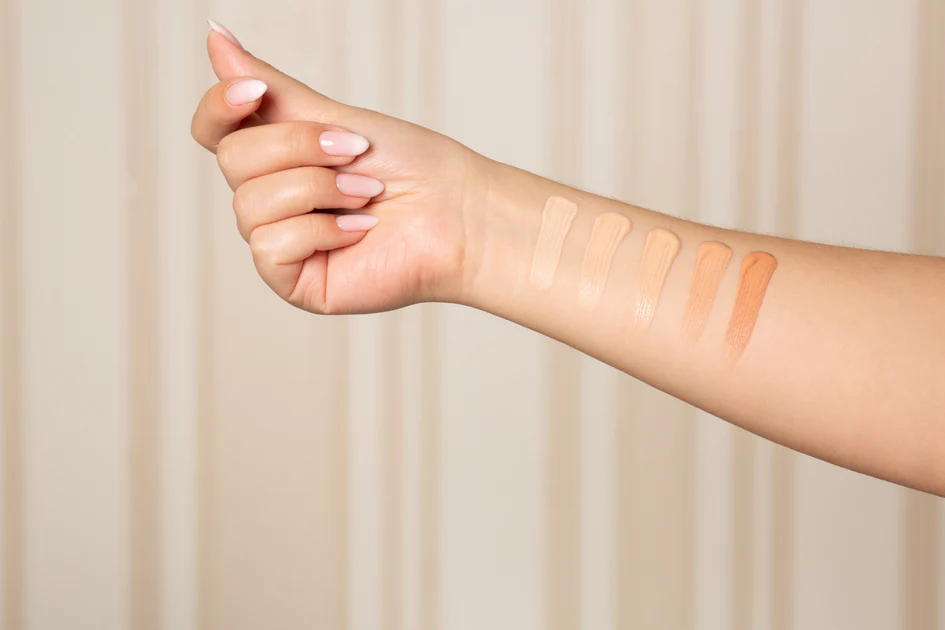
Applying Your Undertone Knowledge:
Understanding your undertone can guide your choices in various aspects of beauty and fashion:
Foundation and Concealer:
Knowing your undertone is crucial for selecting the right foundation and concealer shades that will blend seamlessly with your skin. Cool undertones are complemented by foundations with pink or neutral undertones, while warm undertones benefit from foundations with yellow or golden undertones. Neutral undertones can typically wear a range of shades from different undertone families.
Lipstick and Blush:
When choosing lipsticks and blushes, consider your undertone to find shades that enhance your natural beauty. Cool undertones tend to suit berry, pink, and blue-based red shades, while warm undertones can opt for coral, peach, and warm red tones. Neutral undertones can experiment with a wide range of colors and find what works best for them.
Hair Color:
Understanding your undertone can help you select the most flattering hair color. Cool undertones tend to suit shades like ash blonde or cool brunette tones, while warm undertones can enhance their features with golden or.
caramel hues. Neutral undertones have the flexibility to experiment with a wide range of hair colors, from warm to cool tones.
Clothing:
Your undertone can also guide your clothing choices. Cool undertones often look fantastic in jewel tones like sapphire blue, emerald green, and royal purple. Warm undertones can rock earthy tones like mustard yellow, burnt orange, and olive green. Neutral undertones have the freedom to wear both cool and warm tones and can experiment with a variety of colors.
Jewelry:
Consider your undertone when selecting jewelry to enhance your overall look. Cool undertones tend to be flattered by silver, platinum, and white gold metals, while warm undertones can shine with gold and rose gold. Neutral undertones can effortlessly mix and match metals.
Embracing Your Undertone:
Understanding your undertone is not about limiting your choices but rather empowering you to make choices that enhance your natural beauty. It’s important to note that these guidelines are not rigid rules, but rather suggestions to help you navigate the vast array of color options.
Additionally, it’s worth mentioning that some individuals may have a mix of undertones or fall in between categories. In such cases, it’s best to trust your own perception and experiment with different shades to determine what suits you best.



